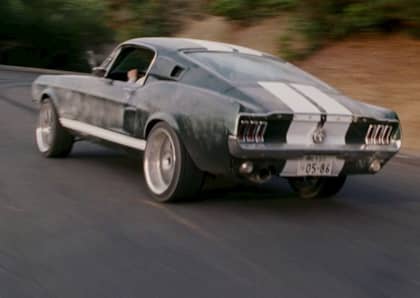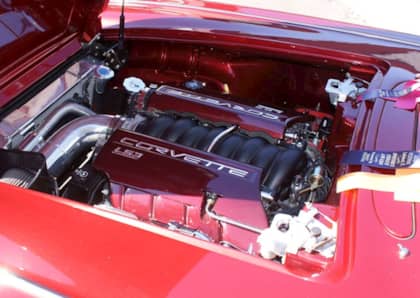Extreme Drivetrain Swaps: Possible for the Average Enthusiast?
It seems like you can’t scroll through social media without stumbling across someone’s out-of-the-box engine swap. Whether it’s a front-wheel drive coupe that’s swapped to rear-wheel drive, a motorcycle motor stuffed into a classic Mini Cooper, or an LS V8 pulling duty where a four-cylinder engine once sat, extreme drivetrain swaps grab a lot of eyeballs and almost always provoke a strong reaction from fellow gearheads.
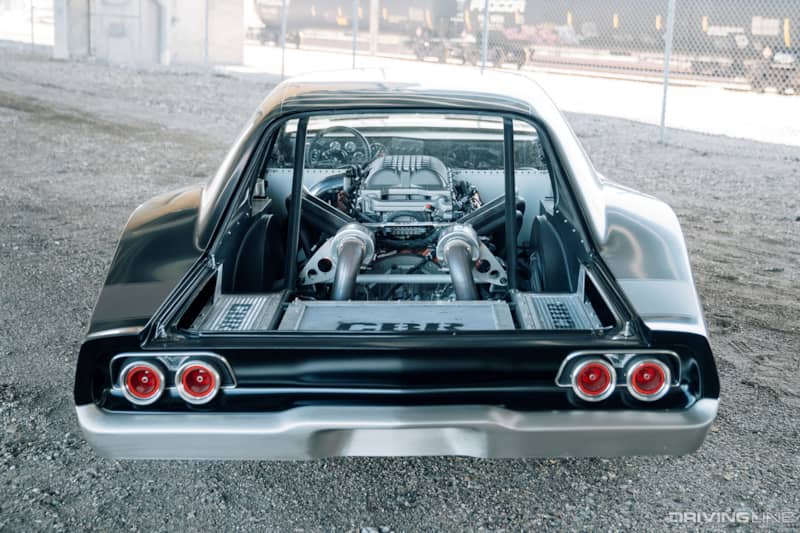
How realistic is it for the average enthusiast to dive this deep into a mechanical project that throws convention out the window? Like much of social media, what you see being posted isn’t always an accurate reflection of the road it took to get to that end result. Knowing the struggles that can occur behind the scenes—and being aware of what you’re getting into before you turn a wrench—is an important factor in deciding whether taking on this kind of task is the right decision for you.
Have A Well-Defined End Goal
Motivation is a key component of any project, but it’s also one that’s often overlooked. There are many potential pitfalls and frustrations inherent in building a car or truck, and being able to power through those problems is often tied to having a clear idea of the “why” behind your efforts.
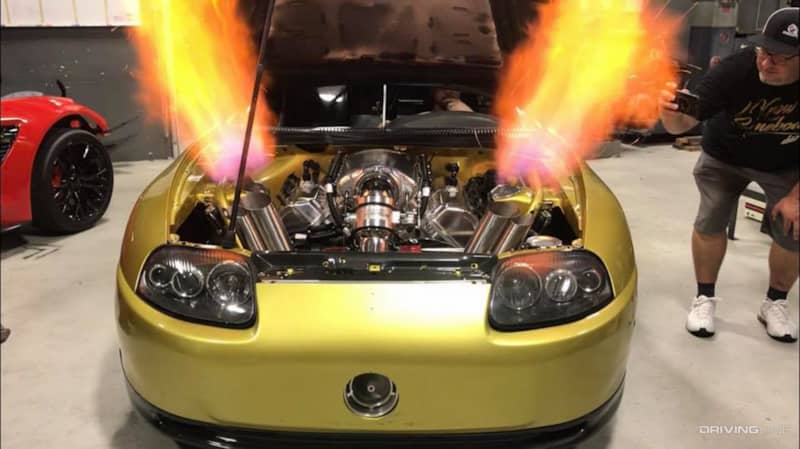
When it comes to an extreme drivetrain swap, the “shock and awe” factor is often the driving force behind getting started. There’s no question that the slack jawed reactions of other automotive fans (not to mention the thrill some builders get from upsetting purists who can’t see beyond stock) can be a big part of the fun associated with these kinds of builds. Unless you’re trying to put your shop on the map, however, doing it for the likes probably won’t be enough to keep you fueled and engaged over the long-term.
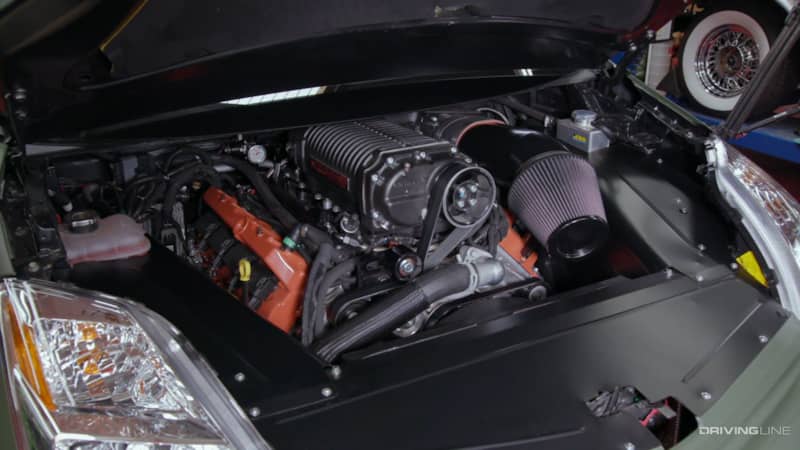
The best and most satisfying drivetrain swaps are those that identify and address a specific problem presented by the vehicle’s original configuration. For some, that might be searching for more traction within the same lightweight platform by switching from front-wheel to rear-wheel drive. For others, it might be looking for overlanding grip by adding four-wheel drive where none was available before. There are even vehicles whose shell is so versatile that it can be dropped on nearly any other frame, making for a retro look with modern mechanicals that are more reliable, powerful, and efficient than what was there before. Always consider the end game of a particular project, and then make sure that the reward is worthy of the effort.
Be Honest About Your Fabrication Skills
If you’re going extreme with a drivetrain swap, chances are you’ll be pulling from a very limited supply of off-the-shelf parts. Relocating engine mounts, transmission mounts, chassis crossmembers, and exhaust attachment points often requires more than a modest amount of parts fabrication, which means you’ll either be making new components yourself, or paying someone else to do it for you.
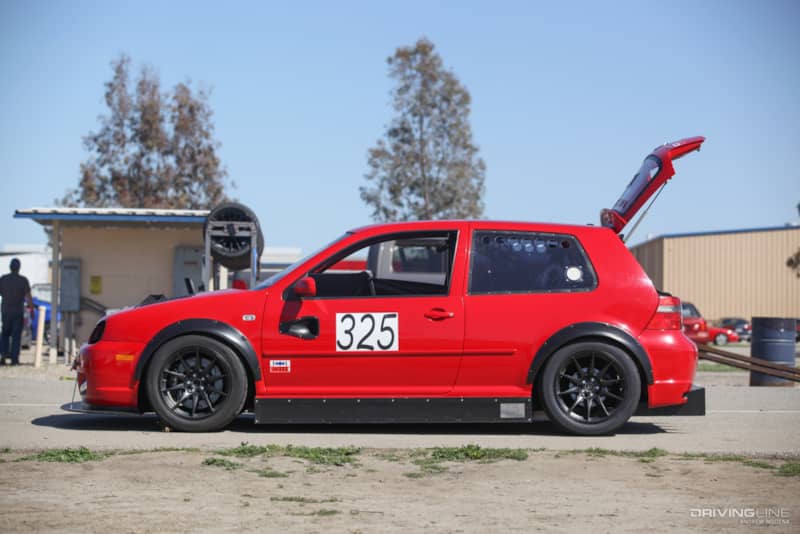
Keep in mind, too, that fabrication doesn’t just refer to the physical act of cutting, welding, and shaping those parts. Design is also an important aspect of fabrication, which means understanding what shapes will fit into the area of the vehicle you need to install the part in, the strength of the materials you are using, and how a new component will handle things like heat and vibration (and how it might transmit those to things to other parts).
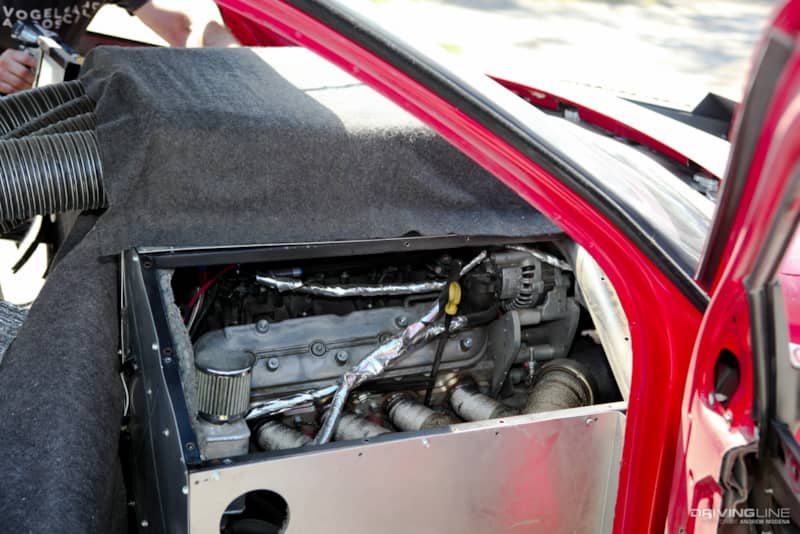
Fabrication can be a lot of fun, especially if you have a problem-solving personality. It can also be a lot of work. You’ll need to evaluate your fabrication skills before starting this type of project, and if you decide that you’ve come up short in any particular area, you should make sure you have trusted professionals you can tap in to make the components you’ll need.
How’s Your Pioneering Spirit?
Putting aside the fabrication needs that are often associated with extreme drivetrain swaps, you’ll also likely find yourself treading through entirely new automotive territory—as in, going where no one else has gone before with a cutting torch and a socket wrench.
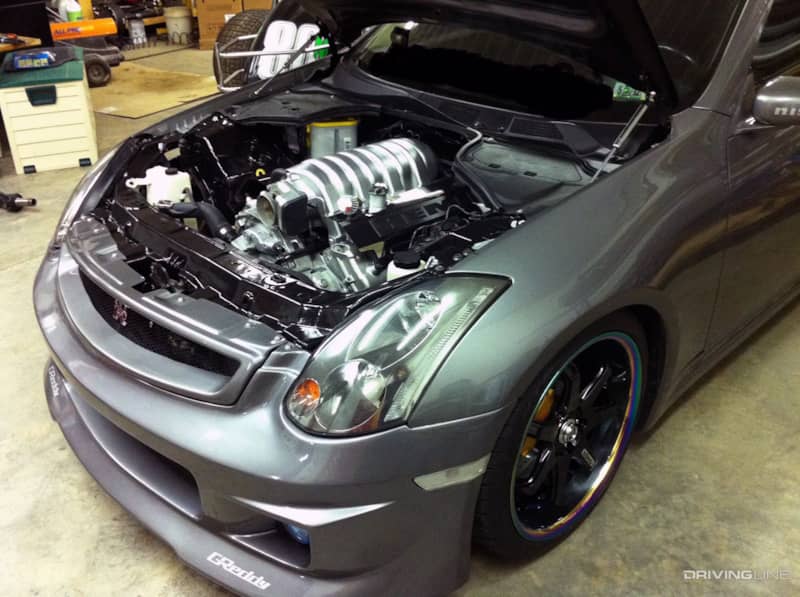
While it’s probably true that there are a few other projects out there that bear some similarity to what you’re trying to accomplish with your particular build, it’s unlikely that anyone has done exactly what you’d like to do, with your exact vehicle, engine, and transmission setup. This means you’ll need to be comfortable not just with trial and error, but also not having a safety net of experts you can fall back on when you have a question, or if you get stuck. You’ll need to be good at collating different, but similar experiences and applying bits and pieces of other people’s hard-won knowledge to your own goals, effectively building your own road map towards project success.
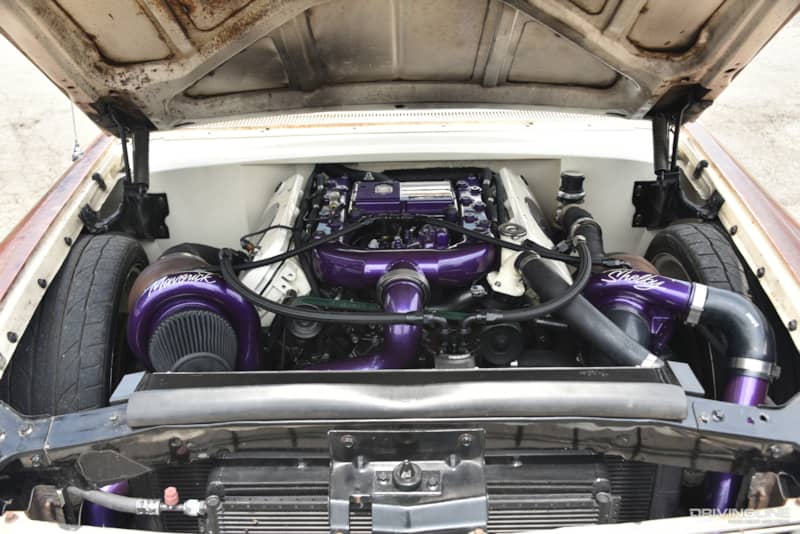
Ultimately, extreme engine swaps and drivetrain replacements mean breaking new ground and becoming the kind of trail blazer that others can follow. If you’re comfortable making mistakes and learning from them, and if you have the kind of budget that allows you to fail every once in a while without it becoming a catastrophe, then you’ll likely be fine figuring things out on your own. If that sounds more than a little overwhelming—and even a well-understood engine swap can be replete with pitfalls—an extreme project might not be right for you.





